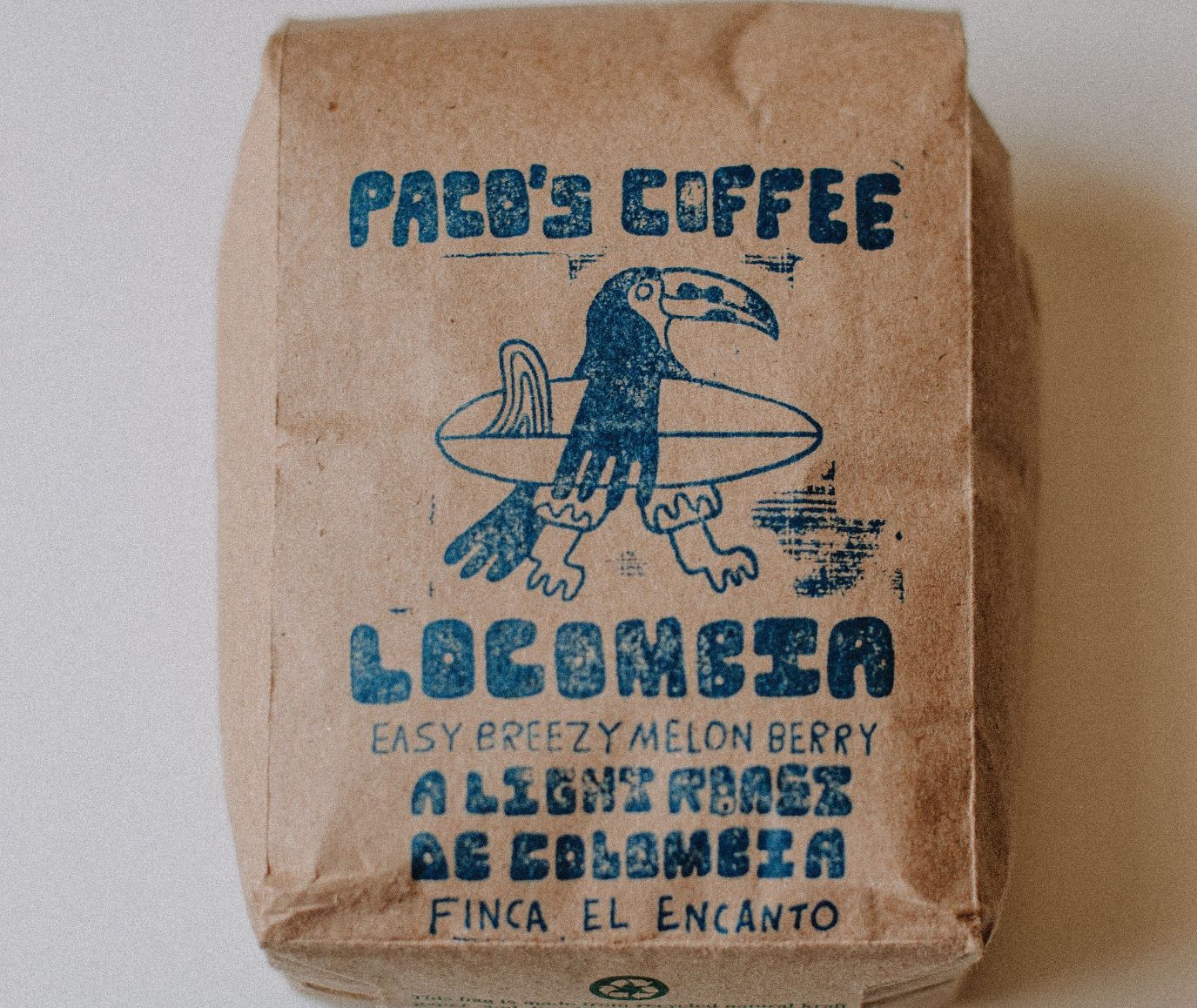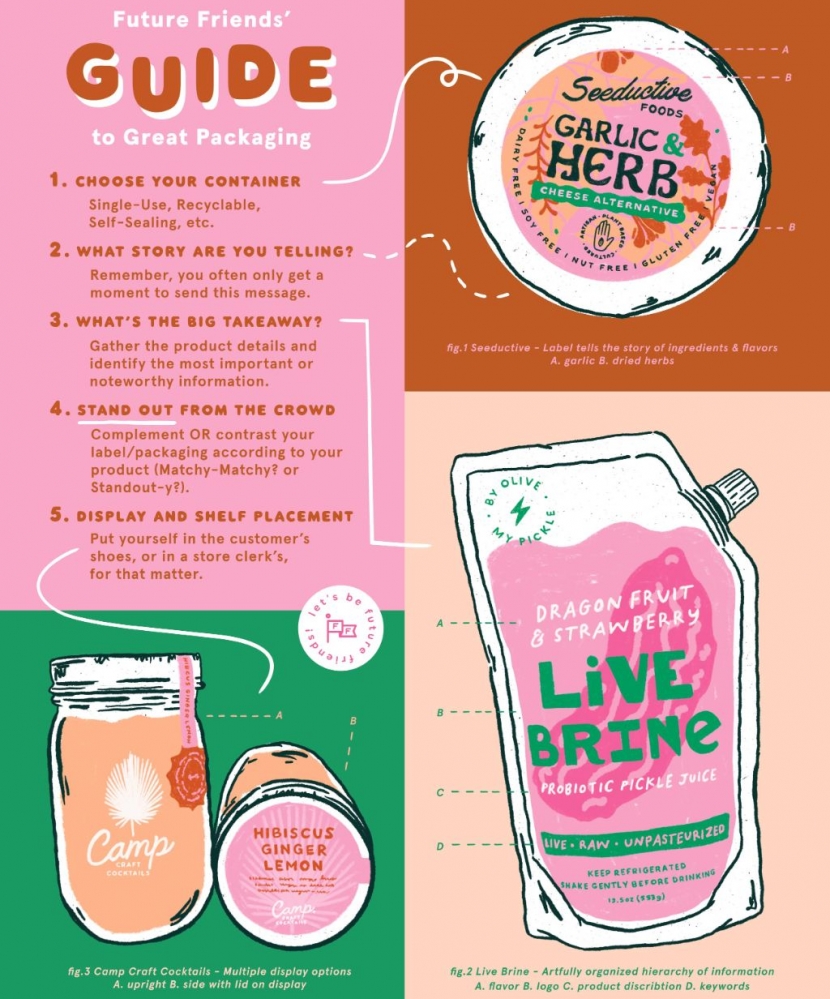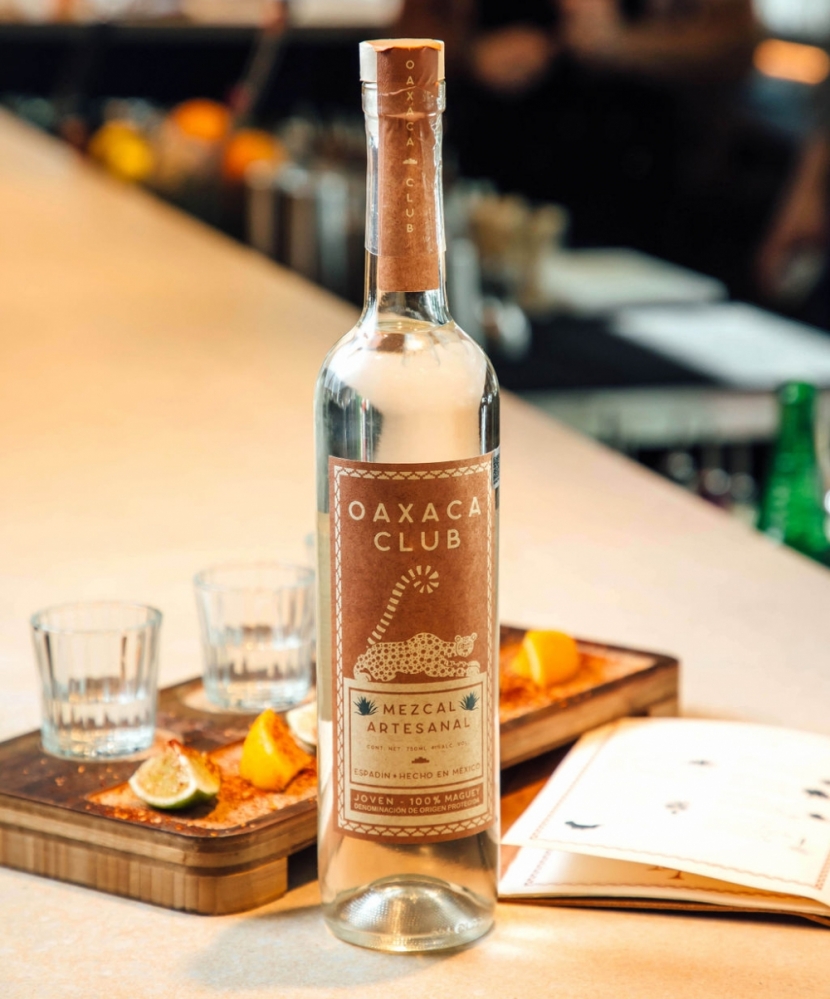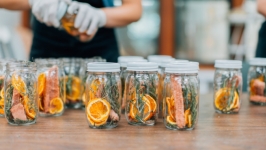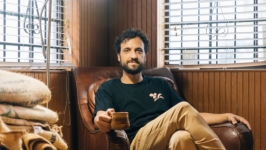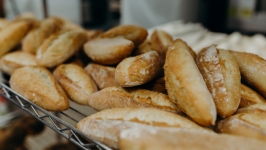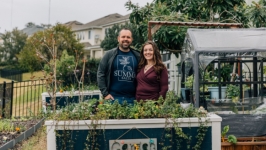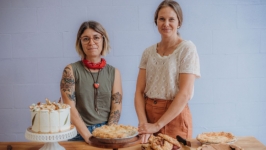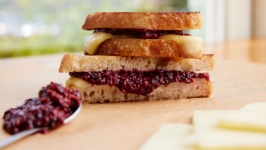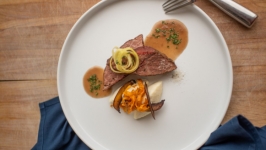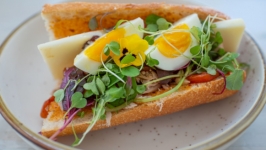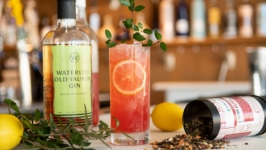Designing Food Packaging
Picture a fabulous smoked fish dip, packaged in a paper napkin. Then picture it oozing across the checkout conveyor belt at the local grocer, the product and package in disharmony. Somewhere along the production of this dip, someone made a bad choice of packaging.
The art of food package design is, in many cases, as important as the art of the product it holds. Designers and marketers alike search for the right fit and feel that not only purposefully contains the product, but also preserves, informs and sells the product in a continuously crowded and competitive market. No matter what is being sold, from granola to gremolata, the right container can make the difference between a smash hit or a smushed miss.
Acclaimed designer Sandro Young recently worked with Paco’s Coffee Roasters, a Jacksonville-based coffee producer, on their packaging for a specific offering of single-origin coffee from the Quindío region of Colombia. “Package design is a way to tell a story. It should be experiential,” Young says.
His aim, he shares, was to transport the customer to a sense of home, and he used the imagery of the toucan to invoke Colombia. For Young, the simplicity of the packaging supported the story he was telling. “When I think of a package and colors, I try to remember that color is not the main character and that neither am I, as the designer,” says Young. “Design is a way to set the expectation of what you are buying.”
The sentiment is echoed by Danielle Brodersen, owner and designer at the St. Augustine-based branding house and design studio Future Friends. “Function and form go hand in hand and the packaging should purposefully complement the product,” Brodersen says. She adds that colors and imagery serve as clues that should intrigue the potential customer and that the space the package provides should also elegantly educate the consumer.
“There are certain legal boxes that a shelf-ready product needs to check, that’s true, but that also has to work well with the story of the product and the confidence the consumer places in that product,” Brodensen says. “A well-executed package design can and should add credibility.”
Food packaging requires visualizing the impossible. Packaging has to be functional, to entertain, to educate, to inspire, to protect, to preserve and to pique interest simultaneously. Price point, availability and technical specifications are all part and parcel of creating a package that stands out and captures the consumer.
Kassie Ashburn, business director and partner at Ashby Social, a Jacksonville Beach-based marketing firm, says the design process has a natural arc that starts with on-the-ground research. “When we are designing a new product, we often start by taking a field trip to the grocery store and looking at what’s already on the market and what the competition looks like,” Ashburn says. “We want to first imagine the aesthetic and what it’s actually going to look like on the shelf.”
Ashburn’s partner at Ashby Social, creative director Casey Bagby, says that getting selected is sometimes just about coming up with the right word or phrase. “We like to work with products and brands that have interesting stories to begin with, and being really good at witty one-liners really helps to tell that story as quickly as possible.”
“The colors and the feel of what’s already out there on the market can dictate whether the packaging design should follow or buck the trends,” Ashburn says. “Good product is vital, but so are the container, the product name, the branding colors and the taglines. Marrying all of those elements is a crazy balancing act. You only have a few seconds to stand out.”
Good food packaging, it would seem, can be both unnoticed and centerpiece to a customer’s purchase and loyalty. While what matters most is the quality of the product to be consumed, producers, designers and marketers all agree that the visual can be the key to connecting with consumers.


